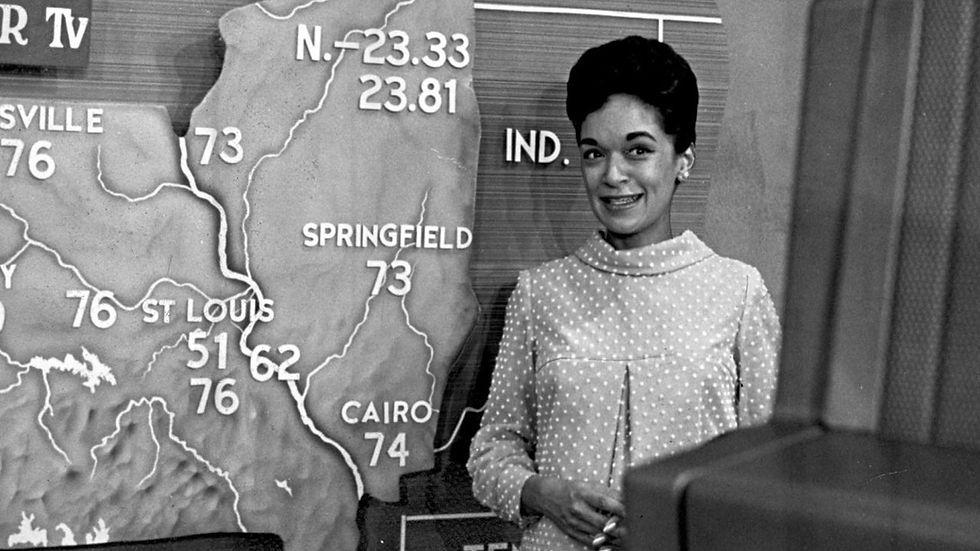The Foundation of Feminism: The Seneca Falls Convention
- llawsome21
- Nov 22, 2024
- 4 min read
The Seneca Falls convention, spearheaded by Elizabeth Cady Stanton and Lucretia Mott, was the first official women’s rights convention in history. It was held in Seneca Falls, New York in July of 1848. Stanton detailed her reason for organizing the convention in the following quotation:
“We are assembled to protest against a form of government, existing without the consent of the governed—to declare our right to be free as man is free, to be represented in the government which we are taxed to support, to have such disgraceful laws as give man the power to chastise and imprison his wife, to take the wages which she earns, the property which she inherits, and, in case of separation, the children of her love.”
A depiction of one of the sessions of the Seneca Falls Convention. Most attendees were white members of the upper-class.
Stanton herself was born to a progressive family that allowed her to get her education; although she did settle down with her husband and had 7 children with him. She got involved with women’s rights after a conversation with her father, who was a law professor. Her partner, Lucretia Mott, was a Quaker preacher known for her advocation for reform in abolition, women’s rights, and religion. Other notable women that were a part of this convention were Martha Coffin Wright, the sister of Lucretia Mott, Jane Hunt, who was also a Quaker activist, and Mary M’Clintock whose parents were active members of calls for reform in slavery, temperance and women’s rights. M’Clintock and Mott had actually met prior to the convention: Together in 1833 they had formed the Philadelphia Female Anti-Slavery Society.
The two main organizers of the convention, Mott and Stanton, had met in an unconventional way-although it was very appropriate for the cause they supported. Both attending the Anti-Slavery Convention in London alongside their husbands, they were both kicked out because of their gender. Though they were rightfully enraged by this incident, it also shined a light on the desperate need for reform. So, the two did just that by vowing to hold their own women’s rights convention.
It wasn’t that women’s rights was an underground issue-especially in the North, where other reform movements had seen success, women’s rights reformers had been speaking out since the start of the 1830s. The ideas of these reformers had even reached the legal side of reform-with many challenging laws restricting married women’s property ownership rights.
The highlight of the actual convention was the reading of the ‘Declaration of Sentiments’ which, similarly to the Declaration of Independence, listed the women’s grievances with their unequal treatment throughout history. Not only did it share their problems-it also called upon fellow women to not just sit down and stay silent on these issues- it told them that they needed to petition for their rights. It built upon the famous line of the Declaration of Independence “We hold these truths to be self-evident that all men are created equal” by adding on “We hold these truths to be self-evident that all men AND WOMEN are created equal”.
The signers of the Declaration of Sentiments at the Seneca Falls Convention.
The convention spanned over 2 days, with speeches and discussions among the convention's 300+ attendees. It’s worth mentioning that although both women and men were allowed, men were meant to remain silent observers during the first day of the convention. After listening to speeches and discussions from the convention, visitors could choose to sign the declaration, or not to. Most of the points brought up during the convention were met with unanimous agreement, except for the issue of women’s right to vote. Among other attendees, abolition advocate Frederick Douglass spoke in favor of the issue of women’s suffrage. In his own words: “In this denial of the right to participate in government, not merely the degradation of woman and the perpetuation of a great injustice happens,” he argued, “but the maiming and repudiation of one-half of the moral and intellectual power of the government of the world.” It’s important to mention that while the Seneca Falls convention sought equality for well off white women, women of color and poor women were excluded from attending.
The Seneca Falls Convention may have just lasted two days-but its impact will follow us far into the future as the birthplace of feminism. Though the aftermath of the convention was not immediate adoption of equal rights for women, it did plant the seed in the mind of not only the public, but also legislators, which eventually caused the United States to ratify the 19th Amendment in 1920, granting women the right to vote. With the right to vote secured, feminist activists in the mid 20th century were able to advocate for more women’s rights on issues. This idea of feminism and not waiting around for change to happen-instead taking it into one’s own hands is still seen in women activists today, from protests to social media. The Seneca Falls convention gave women a voice even though the nation didn’t want to listen to them.
“The moment we begin to fear the opinions of others and hesitate to tell the truth that is in us, and from motives of policy are silent when we should speak, the divine floods of light and life no longer flow into our souls."
-Elizabeth Cady Stanton







Comments